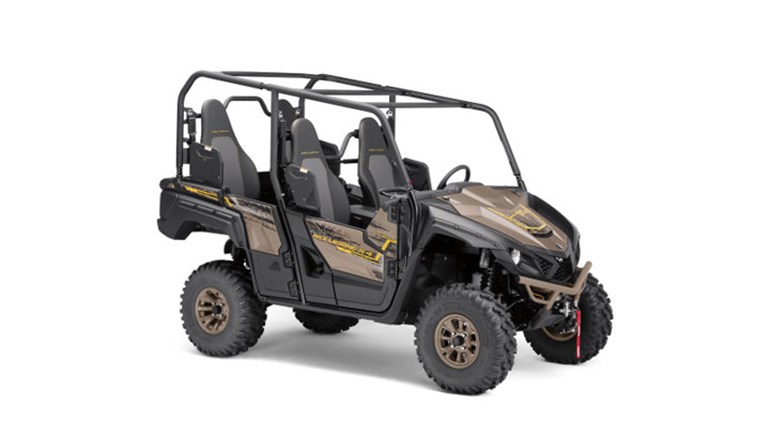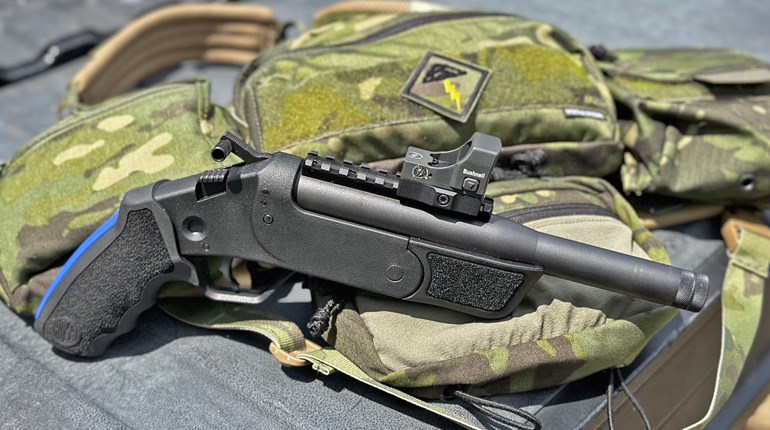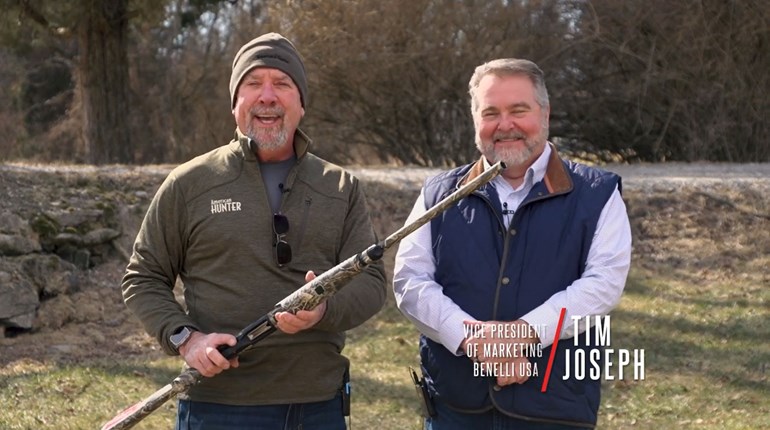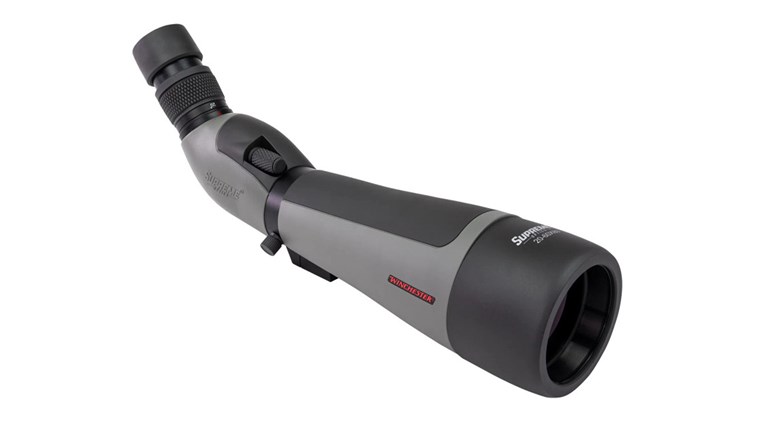
Of paramount importance for Yamaha engineers in the design of the Kodiak 450 ATV was bringing to market a mid-sized ATV that would accommodate small, medium and large riders, bring immediate confidence to the novice ATV enthusiast, and meet the expectations of the seasoned ATV rider. This new design had to accommodate tight-riding conditions, the kind often encountered when navigating the backcountry. Equally important, this new ATV had to be offered at an attractive price point, one that would fit nicely into the family budget. Long story short, these are the very specifications of the 2019 Yamaha Kodiak 450, and they should satisfy the needs of many outdoor sportsmen.
Using the popular Yamaha Grizzly 450 as a starting point, the width of the ATV’s track was increased by 3.15 inches in the front and 2.95 inches in the rear. The body is still compact, though, an important selling point for hunters who haul their ATVs to a destination via truck bed or trailer.
The wider track allows for wider A-arms and increased suspension travel, a design feature that improves low-speed rider comfort, improves performance at mid-range and higher speeds, and enhances capability to navigate obstacles that may be encountered. The Kodiak features independent front and rear suspension to keep the tires in contact with the ground and improve rider comfort.
The Kodiak comes equipped with nitrogen-gas charged KYB shocks that provide a modulated damping feel at higher speeds and in changing terrain. They are five-way preload adjustable; this permits adjusting their length of travel to accommodate riding when the cargo racks are loaded. The operator simply ramps up the preload adjustment as needed; tune them down to create a softer ride, vice versa for a stiffer feel. Front cargo rack carrying capacity is 88 pounds; rear rack capacity is 176 pounds.

The water-cooled, 421cc single-cylinder engine features a two-valve cylinder head and overhead cam to produce good low- to mid-range torque. The port velocity of this single-intake and single-exhaust valve configuration translates to good air flow at low speeds, which is a power requirement (smooth, low end torque) that Yamaha customer focus groups indicated they wanted. The electronically fuel-injected engine handles the stresses of low speeds by developing sufficient torque while enhancing rider confidence. However, this engine is capable of instantly taking the unit to the next level when more demanding performance is mandated. Also new is a more-friendly thumb throttle, a design any rider, beginner to advanced, will appreciate.
The Ultramatic continuously variable transmission (CVT) incorporates heavier (18-gram) weights that allow the engine to operate efficiently at lower speed. Located in the primary clutch, these weights begin to roll out sooner (at lower revolution) than lighter weights, which helps the engine find the sweet spot on the power curve when operating at low rev. The CVT is sealed from the elements. Should the transmission be submerged in water, the housing features a finger-operated drain plug; simply drain the water to get back on the trail. The main selling point of Yamaha’s CVT is a one-way sprag clutch that delivers the reassuring feel of engine braking. With some CVTs from other makers, when the top of a hill is crested and the throttle is released, engine speed starts to come down, but as you begin to descend the hill wheel speed begins to accelerate—then a free-wheel downhill experience begins (not desirable). To prevent this out-of-control feeling, the sprag clutch reengages the engine, and engine-braking begins instantly. Yamaha also incorporates in the CVT a shoe-type centrifugal clutch that mitigates trauma to the belt when belt engagement again takes place.
The Kodiak 450 features disc brakes in front, and a sealed wet brake in the rear. Rear braking occurs on a disc in front of the rear gear that is part of the drive assembly. The entire assembly is sealed to remain impervious to mud, water and dirt. It is designed to last the life of the machine. The only maintenance required is draining and replacing the oil in the sealed wet-brake assembly at scheduled service intervals.
The underbelly features full body armor including a chassis-wide and chassis-long composite skid plate. The armor features a smooth surface where the fasteners that attach it to the chassis are recessed to prevent snagging ground obstacles. Service access holes in the skid plate provide drain outlets for engine and front and rear gear fluids.
Yamaha’s electric power steering (EPS) is matched specifically to the Kodiak 450 EPS and EPS SE models to maintain a balance of negative and positive feedback. At lower speed, the EPS provides more assist (less driver effort). As speeds increase the amount of assist tapers down so the driver feels what is going on with the wheels and tires. When a trail obstacle is encountered, the EPS damps the potential jarring that otherwise would be transmitted back through the handlebars to the operator.
Digital dash instrumentation includes a meter (speed, trip, hour, fuel and maintenance read-out) with a service indicator that can be reset by the customer. The Kodiak hosts 12-inch wheels with 25-inch tires. A variety of Yamaha accessories includes a winch and a gun boot.
Technical Specifications
• Drivetrain: 421cc fuel-injected liquid-cooled SOHC four-stroke two-valve gasoline engine; Ultramatic V-belt CVT w/all-wheel engine braking; On-Command selectable 4WD
• Brakes: dual hydraulic disc front; sealed multi-disc wet rear
• Suspension: independent double-wishbone front/rear; 6.7″/7.4″ travel front/rear
• Dimensions/Capacities: overall length 80.1″; wheelbase 48.8″; width 46.5″; height 45.7″; ground clearance 9.6″; wet weight 637 lbs.; tow cap. 1,322 lbs.; cargo cap. 88 lbs. front, 176 lbs. rear; fuel 3.7 gals.
• MSRP: $5,999-$6,299; yamahamotorsports.com



































